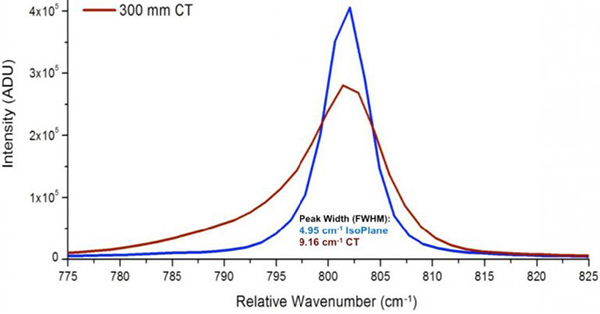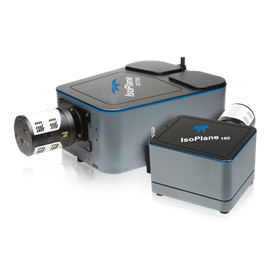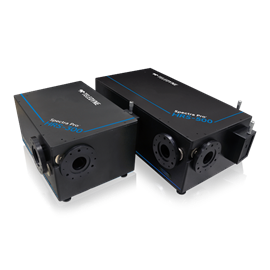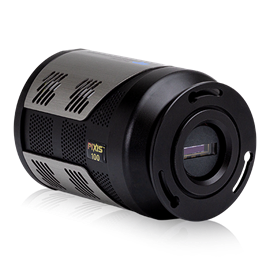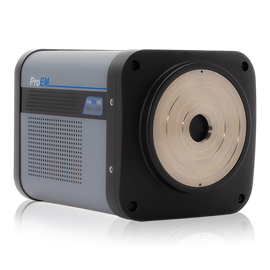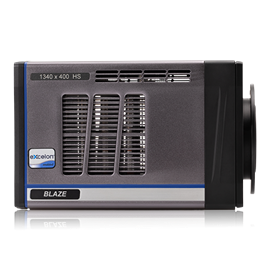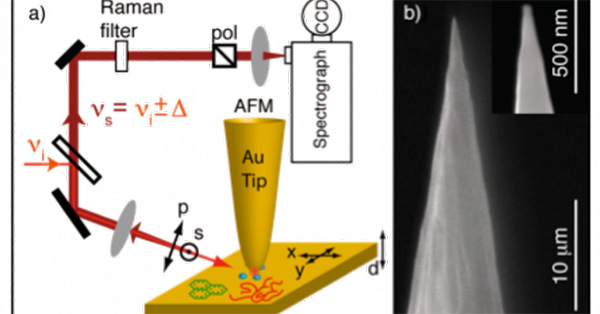General Raman Spectroscopy
Raman spectroscopy is a non-destructive technique spanning a wide range of scientific and industrial applications. It is often used to characterize or identify the chemical composition and structure of an unknown material. Incident laser light, in the UV, visible or NIR, is scattered inelastically from molecular vibrational modes of the sample.
The frequency difference (measured in relative cm-1) between the incident and scattered photons is called the Raman shift. The majority of inelastically scattered photons are found at positive Raman shifts, corresponding to lower energies and longer wavelengths – this is referred to as Stokes scattering. The scattered photons are analyzed by a spectrometer to produce a Raman spectrum.
With Stokes scattering, the energy of the molecule increases and the Raman scattered photons are red-shifted. With Anti-Stokes, the energy of the molecule decreases – so therefore the molecules must have already been in a vibrationally excited state – and the Raman scattered photons are blue-shifted.
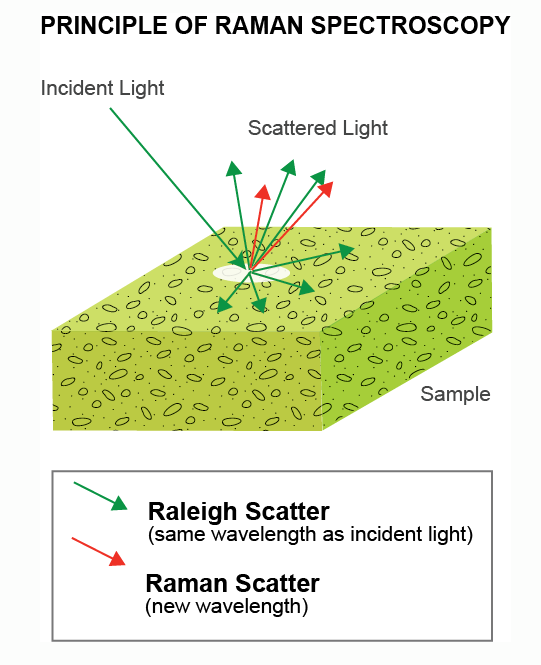
Resources from the Learning Center
View All